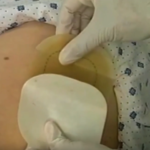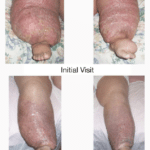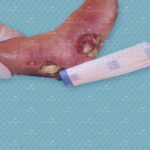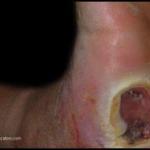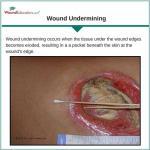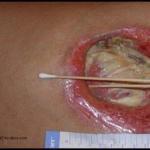Purulent Drainage: Causes, Symptoms, and Treatment
Wound infections are a common concern, and one of the key indicators of infection is purulent drainage. If you’ve noticed unusual fluid oozing from a wound, you’re probably dealing with a form of purulent drainage. WoundEducators will help you understand what purulent drainage is, what causes it, and how to treat it. What is Purulent Drainage? Purulent…


